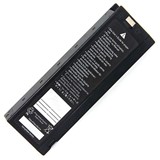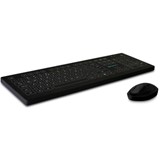Power outages can happen for a number of reasons from planned outages to severe weather, accidents or a medical fridge breakdown. Whatever the cause, it is imperative that during a power outage, a backup or contingency plan is in place for medical fridges. Power outages can create major problems for temperature sensitive medications, vaccines and biological products that will spoil in the event of a cold chain storage breach. Read on to discover the importance of temperature stability in medical fridges, and what to do in the event of a power outage.
What is a Medical Fridge?
A medical fridge is a purpose-built fridge designed to store medicines, vaccines and biological samples that require precise and constant temperature control. Vaccines and other medical supplies must be stored between 2°C to 8°C, under the National Vaccine Storage Guidelines. Any deviation of this temperature will cause the stored items to be damaged or spoiled. They must be stored in fridges designed to adhere to these stringent temperature guidelines, unlike normal fridges that have a wider temperature scope.
Medical fridges are available in a range of sizes and designs, from small countertop to under bench, portable and large freestanding. They are essential pieces of equipment for healthcare clinics, hospitals, pharmacies, vets, cosmetic clinics and any facility that needs to store temperature-sensitive medications and vaccines. These fridges are specifically designed with advanced features like temperature monitoring and alarms so that temperature stays within the required range.
Result of Power Outage to Medical Fridge
When the power fails on a medical fridge, it can have significant consequences to any medications, vaccines or biological products. It takes less than 30 minutes for a medical fridge to lose temperature and result in a cold chain breach. This means temperature sensitive contents have been exposed to temperatures outside their safekeeping zone. When this happens, vaccines, medicines and biological samples will lose potency and potentially be irreversibly damaged. If rendered useless, vaccines and other medical supplies must be destroyed, causing clinic shortages and financial loss.
What to do With a Medical Fridge When the Power Goes Out
A medical fridge will warm quickly during a power outage, so it is important to have a strict contingency plan in place to avoid a cold chain breach. Follow these strict guidelines to maintain the efficacy of the stored contents.
-
Seal the fridge door to make sure no cold air can escape. Place a sign or note on the refrigerator door advising employees that the power is out and that the vaccines and refrigerator should be left untouched. Advise staff not to open the refrigerator door as this will cause temperature fluctuation.
-
Monitor the refrigerator temperature using a battery-operated minimum/maximum thermometer or portable data logger. These devices should ideally be standalone and use an external display to avoid opening the door and causing temperature changes. Frequently monitor the refrigerator temperature and alert to any changes.
-
Cover the glass door with a blanket, thick cardboard, or polystyrene sheeting as this may extend the amount of time the refrigerator can keep its temperature.
-
Be prepared to move vaccines and medical products to an alternative facility such as a prepared cooler, cold box, or another medical fridge if the temperature is outside the recommended 2°C to 8°C. Any of these alternative storage facilities need to have constant temperature monitoring, every 15 minutes. When moving vaccines and other medical supplies, make sure the vaccine management protocols are adhered to, and that they continue to be stored in the appropriate temperature range between 2°C and 8°C.
-
Make sure there is a long-term solution in place for vaccine storage until the power outage is resolved.
-
Make sure at least one member of the team understands cold storage and emergency protocols. There should also be regular staff training and education sessions on emergency procedures and the importance of continuous temperature monitoring.
What to do When the Power Returns
When the power returns and the medical fridge is operational, follow these steps to finalise the emergency power outage plan.
-
Record the minimum and maximum refrigerator temperature
-
Reset the fridge temperature when it reaches 8°C or less.
-
Make sure the refrigerator temperature has returned to between 2°C and 8°C before returning vaccines.
-
If a data logger has been transported with vaccines, download the data before using any vaccines.
-
If a cold chain breach has occurred, isolate vaccines until you seek advice from your state or territory health department. Mark the vaccines and medications ‘Do not use’ and keep them refrigerated between 2°C and 8°C . The health department will require vaccine details, data logging and twice-daily readings to assess the breach. Await further instructions from the department.
-
If there has not been a cold chain breach, transfer vaccines to the refrigerator.
-
Continue to monitor the refrigerator hourly to ensure that the temperature is consistently stable, then return to a twice-daily monitor.
How to Prepare for a Power Outage
Given the fragile nature of medicines, vaccines and biological samples, preparation for a power outage is vital. Power outages can be planned or unexpected and how a power failure is managed by an organisation will depend on the notice given, if any, and the time of the occurrence. While power outages cannot always be predicted, contingency and backup plans can. Find out how to prepare for a power outage here:
-
Have a Medical UPS backup. A Medical UPS battery backup is an extra battery that provides backup electricity to medical equipment if there is a problem with the power source. The Uninterruptible Power Supply (UPS) provides guaranteed power protection for medical devices and appliances if there is a power disturbance, blackout or surge. Unlike an auxiliary or emergency power system, a UPS provides instant power protection for valuable equipment via battery power.
-
Alternative storage options. It is always wise to have alternative storage options, apart from a backup battery. Establish a working agreement with an alternative storage facility with a backup generator where medicines, vaccines and biological samples can be stored in the event of a power outage emergency. Alternative storage areas could be in hospitals, fire stations or commercial pharmacies. If that is not possible, coolers or portable medical fridges can be used. Ensure the cooler or portable fridge is large enough to accommodate all the medical supplies. When packing a cooler, wrap the vaccines using bubble wrap and place neatly. Place the thermometer probe inside the cooler at the same time as the medications. Put the conditioned gel pack or ice packs on top, close and seal the lid of the cooler. Check the temperature every 15 minutes.
-
Emergency Vaccine Transport Containers and Materials. Make sure you have a sufficient supply of materials needed for emergency vaccine transportation for maximum inventory. This included coolant materials, hard sided insulated containers or styrofoam, insulating materials like bubble wrap or corrugated cardboard, and temperature monitoring devices.
-
Alarm systems. Alarm systems are essential in medical fridges as they give an extra layer of protection for temperature sensitive medications and biological samples. An alarm system will inform staff of any temperature deviation in real time. Alarm systems are often integrated into purpose built medical fridges and will alert to power failures, door-ajar, and low battery notifications in some circumstances. Alarm systems are important in medical fridges to help medical supplies stay safe and effective for patients by providing early notification of any temperature variations.
-
Preventative maintenance. Make sure the fridge is regularly serviced by a professional to make sure everything is running as it should. A technician will detect any issues before they occur and ensure the crucial temperature monitoring system is accurate and reliable. The fridge also needs a regular cleaning schedule to maintain safe storage guidelines.
- Training. Ensure staff are trained in cold-chain protocols so, regardless of the issue, they know what to do. Anyone involved in cold-chain management are strongly advised to complete a cold chain management online training program through the Department of Health.



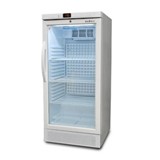
-160x160-state_article-rel-cat.jpg)


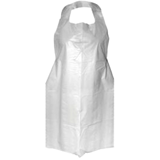
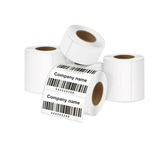


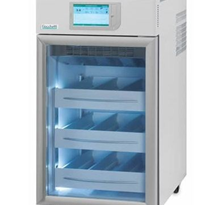
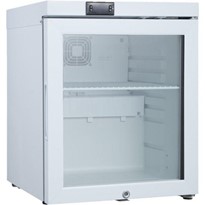





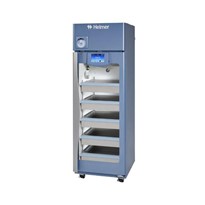
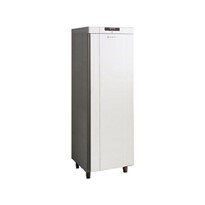
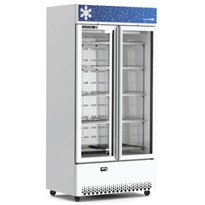
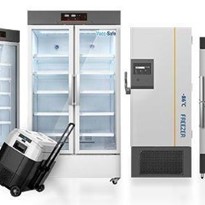
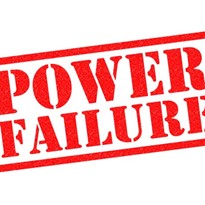
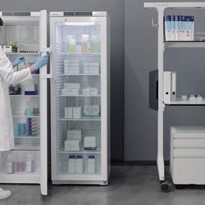


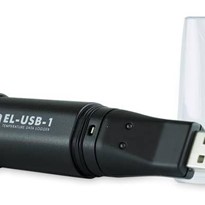
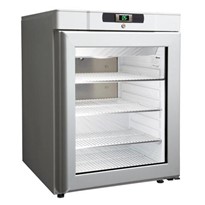
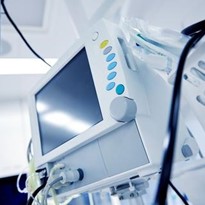

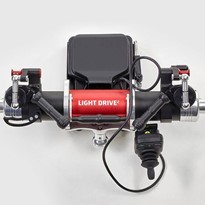

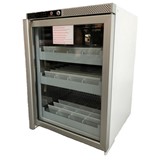

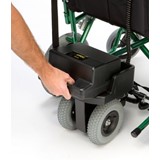
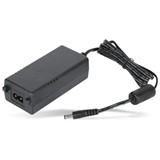
.png-160x160-state_article-rel-cat.png)
